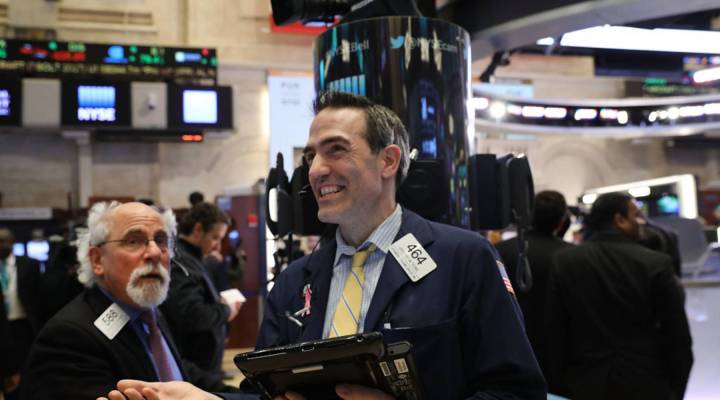
‘Fear index’ at its lowest level since 1993

The VIX, sometimes called as the fear index, has reached its lowest level since 1993. The index is commonly used as a barometer of volatility in the stock market.
It works like an insurance market, allowing traders to buy a sort of insurance on their portfolios if they’re nervous the stock market is going to drop in the short term. If a lot of them do that, the VIX goes up.
So what does it mean that the VIX is so low right now?
“What you’re seeing is that institutions are not particularly concerned about a sharp decline in the stock market,” said Robert Whaley, who developed the index and teaches at the Owen Graduate School of Management at Vanderbilt University.
Now as to where traders are getting this sense of inner calm, corporate profits are up and the jobs numbers in April beat projections. But even more important — there haven’t been many surprises lately when it comes to economic indicators, said Ernie Cecilia, chief investment officer of Bryn Mawr Trust.
“Results are coming in at or near expectations,” Cecilia said. “There aren’t a lot of aberrant events.”
But he said politics can affect the index too, and any surprises in that realm could bring traders’ anxiety levels back up again.
| How the VIX index tracks investor fear |
| How the rule of law can affect the stock market |
| What you should do when the markets go crazy |
There’s a lot happening in the world. Through it all, Marketplace is here for you.
You rely on Marketplace to break down the world’s events and tell you how it affects you in a fact-based, approachable way. We rely on your financial support to keep making that possible.
Your donation today powers the independent journalism that you rely on. For just $5/month, you can help sustain Marketplace so we can keep reporting on the things that matter to you.












